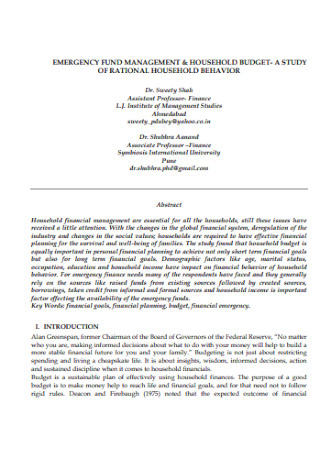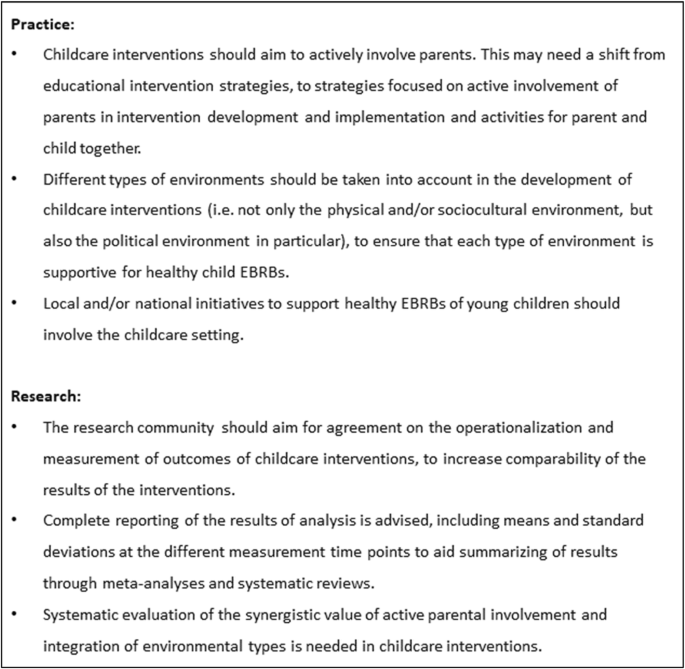
Practical Strategies for Stability: Sustainable Family Budgeting
Managing a family budget can be challenging, but adopting sustainable practices ensures long-term stability. Explore practical strategies for sustainable family budgeting and discover ways to achieve financial balance for the future.
Assessing Current Financial Situation
The first step in sustainable family budgeting is assessing your current financial situation. Understand your income, expenses, and debt. This clarity provides a foundation for creating a sustainable budget that aligns with your family’s goals and values.
Creating a Realistic and Sustainable Budget
A realistic budget is the cornerstone of sustainable family budgeting. Allocate funds for necessities like housing, utilities, and groceries, but also consider long-term goals like education and retirement. Strive for balance to ensure sustainability over time.
Prioritizing Essential Expenses
In sustainable family budgeting, essential expenses take precedence. Prioritize spending on necessities, ensuring that your family’s basic needs are met before allocating funds to discretionary expenses. This approach builds a stable foundation for long-term financial health.
Building and Maintaining an Emergency Fund
An emergency fund is a key component of sustainable family budgeting. Set aside a portion of your income to build an emergency fund capable of covering three to six months of living expenses. This fund acts as a financial safety net during unexpected challenges.
Embracing Eco-Friendly and Cost-Efficient Practices
Sustainability extends beyond finances to include eco-friendly and cost-efficient practices. Embrace energy-saving habits, reduce waste, and explore budget-friendly alternatives. Sustainable living not only benefits the environment but also contributes to long-term financial well-being.
Smart Debt Management Strategies
Sustainable family budgeting involves strategic debt management. Prioritize paying off high-interest debts, consider debt consolidation options, and avoid accumulating unnecessary debt. Managing debt responsibly contributes to financial stability and sustainability.
Investing in Long-Term Assets
Consider investments that contribute to long-term financial sustainability. This may include homeownership, retirement accounts, or other assets with the potential for appreciation. Strategic investments enhance financial stability and contribute to overall family well-being.
Educating Family Members on Financial Literacy
Incorporating financial literacy into family life is essential for sustainable budgeting. Educate family members about budgeting, saving, and making informed financial decisions. A financially literate family is better equipped to navigate challenges and sustain a healthy financial outlook.
Regularly Reviewing and Adapting the Budget
Sustainability requires adaptability. Regularly review and adapt your family budget to accommodate changes in income, expenses, or financial goals. This proactive approach ensures that your budget remains aligned with your family’s evolving needs.
For additional insights and resources on sustainable family budgeting, consider visiting Sustainable Family Budgeting for tools and guidance. Remember, the key to sustainable family budgeting is a holistic approach that balances immediate needs with long-term financial goals.



